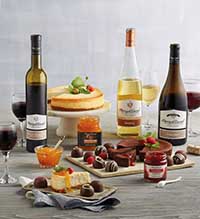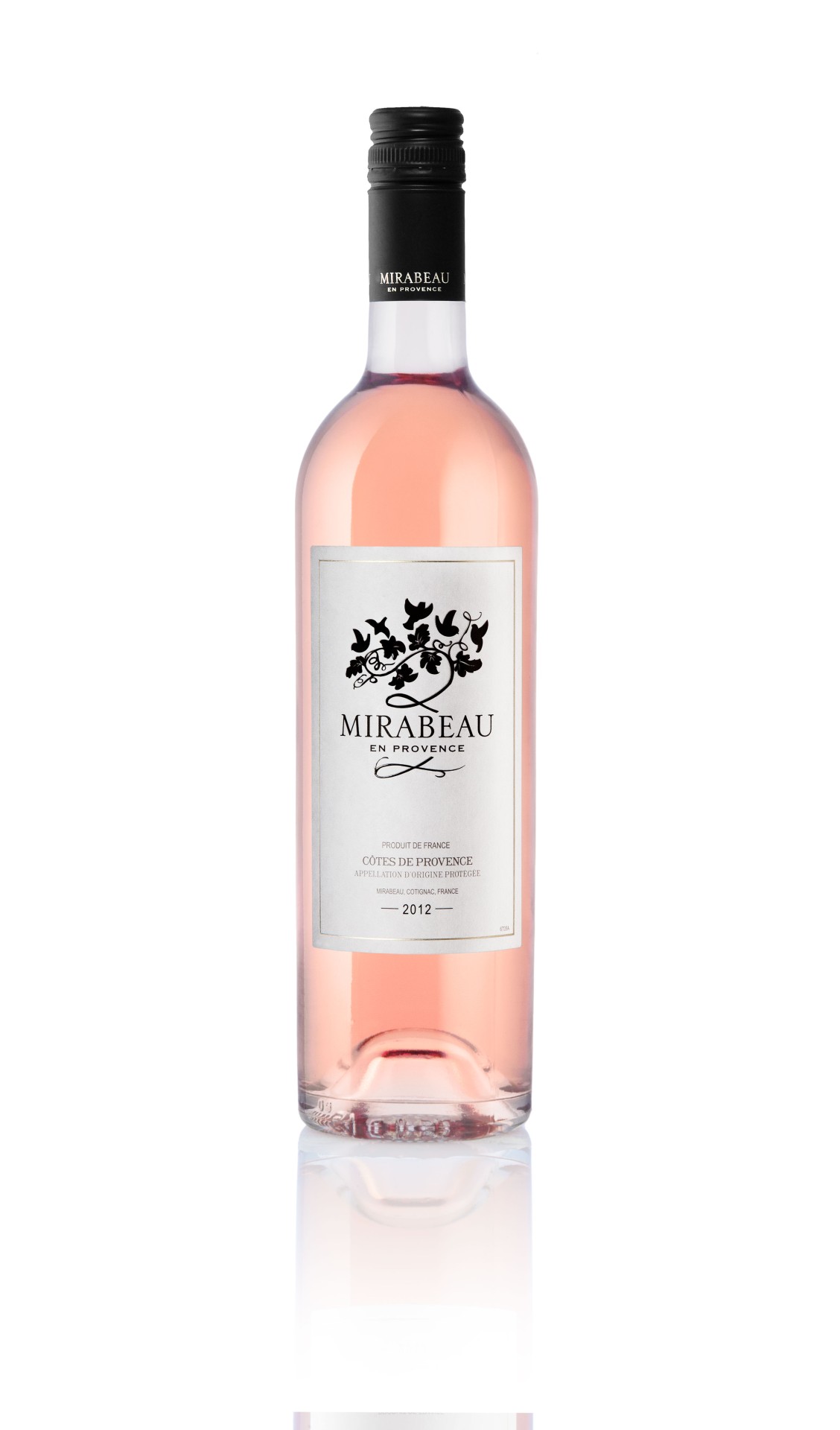 Dessert wines are very sweet and are typically much thicker and richer than table wines. The servings of dessert wines are much smaller than table wines. They are usually served with dessert following a meal because the sweetness of dessert wines complements the sweetness of desserts.
Dessert wines are very sweet and are typically much thicker and richer than table wines. The servings of dessert wines are much smaller than table wines. They are usually served with dessert following a meal because the sweetness of dessert wines complements the sweetness of desserts.
If you ask any group of wine enthusiasts what they think of dessert wines, you are likely to get mixed reactions. Some wine drinkers wouldn’t think of “insulting” their palate with sweet or fortified wines, while others wouldn’t dare end a meal without a delightful dessert wine. As with many things in the wonderful world of wine, there are many degrees of taste involved.
 Like any wine and food pairing, it’s essential to pair dessert wines with foods that they will balance nicely. Dessert wines should always be sweeter than the dessert with which they are served. The reason for this is that if your dessert is sweeter than the wine, the wine will taste bitter after you take a bite of dessert. However, if the wine is sweeter than the dessert, taking a bite of dessert will actually calm the sweetness of the wine somewhat.
Like any wine and food pairing, it’s essential to pair dessert wines with foods that they will balance nicely. Dessert wines should always be sweeter than the dessert with which they are served. The reason for this is that if your dessert is sweeter than the wine, the wine will taste bitter after you take a bite of dessert. However, if the wine is sweeter than the dessert, taking a bite of dessert will actually calm the sweetness of the wine somewhat.
Finding dessert wines to go well with chocolate desserts can pose a great challenge since it’s rare to find a dessert wine that is richer and sweeter than a chocolate dessert.
Types of Dessert Wines
The very definition of dessert wine is the topic of debate in the wine community. In the United States, the legal definition of dessert wine is one that is fortified and contains more than 15% alcohol by volume. However, many people believe that it is the sugar content that makes the distinction. After all, some fortified wines with more than 15% alcohol are in fact aperitifs, meant to be consumed before eating, not after.
Sherry is perhaps the most well-known of dessert wines. It is typically made in Spain. Port follows closely in popularity as a well-known dessert wine originating in Portugal. Marsala (from Italy) and Madeira (from Portugal) are other popular choices of fortified dessert wines.
There are also several non-fortified wines which may be used as dessert wines in some instances, such as Moscato d’Asti and Vin Santo (of Italian origin) and Sauternes or Champagne Doux (from France).
How Dessert Wines are Made
Grapes destined to be made into dessert wines are harvested when they are at a higher sugar content than table wine grapes. Their aging process is halted before all of the sugar is able to ferment, leaving a distinct residual sweetness. Then, either additional alcohol (usually brandy) is added to make fortified wine, or the immature wine is concentrated to condense the alcohol content.
Though choosing a dessert wine can seem intimidating, it’s actually a very enjoyable process. They tend to be more expensive than table wines, but they also last much longer due to the small portions. When you find a dessert wine that you enjoy, you will never want to end a meal without it again.








